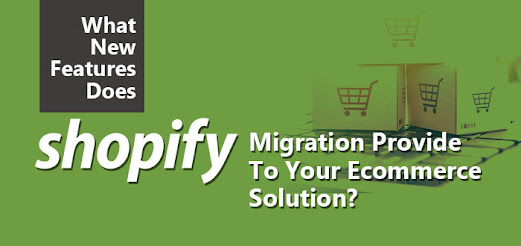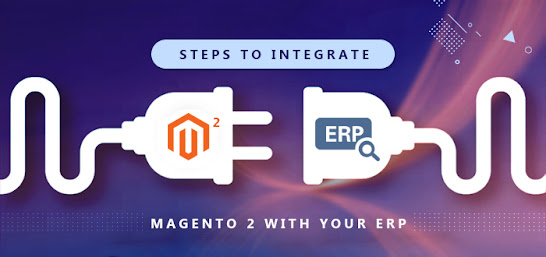With over 200 million Ecommerce shoppers in the USA, which accounts for 15 percent and more of the retail sales there, Ecommerce is snatching the name of the most rapidly growing industry.
If you are thinking of growing a money plant from your eCommerce business idea in the USA, you simply have to go through a few unavoidable stages that are quintessential for establishing a legit ecommerce business.
I have a few points gathered here to share with you, and you being a potential eCommerce business entrepreneur, are supposed to check them thoroughly and give them a yes or a nudge in the case, you find yourself prepared or not prepared respectively for each of them.
Do you have an idea about the overall budget to get the business registered?
I hope, there isn’t any legal restriction with your business product, which might cause you issues later?
How do you think you will sell your product? By developing your own ecommerce cart or by associating an existing eCommerce platform like Shopify, Amazon, etc.?
If you are presumptuous about these factors already, and there are many more like them that we will highlight ahead, then you are good to go without any further ado. We’ll first get into the steps that you professionally need to take to get your eCommerce business registered. And then we’ll look into the necessary licenses that are quintessential to get the business verified and keep importance by themselves.
What could be the possible process of having so according to you? I mean, just give it a thought, without being assisted by an expert. Enlighten your vision without knowledge and see how far you could reach?
Here we can go in this way,
At first, an idea for e-commerce is required. That can be developed in the form of ecommerce software solutions i.e. a website or an application.
Then, a team to handle that solution for regular maintenance is necessary.
Apart from technical things, from where, would your product be imported? How would you manage the inventory? Is there any inventory management tool you have thought to incorporate for this purpose?
Post developing an ecommerce solution, to get it validated and well-compliant, federal bodies are to be involved for respective formalities.
The name of the business is to required to be patented so that the scope of duplicity can be evaded.
What are your product delivery arrangements? Etc.
Have you thought about how would you get a clear insight into your business figures? How would you manage risks intelligently with smart tools? How would you enhance your business efficiency? If not yet, then keep in mind to hire business intelligence services for this.
These are some of the initial steps, that are necessary to think about before getting your product registered. As, without them, you would have to come back and arrange these resources first.
However, considering we have all these things ready, then the process to get our product or the business registered, is mentioned below-
A business plan covers a number of factors that are required to be included before getting started. These factors are Company description, Financial projections, Implementation strategy, etc. The Marketing Plan is however not that part that could affect the registering process.
Choosing a business name isn’t the only task, but you have to secure a domain and URL for your business in parallel. Business name registration is a process that involves trademark registration for which trademark search is implemented so that no two businesses would come out having the same names.
It is also necessary to keep your name such that other businesses and vendors do not hesitate to associate with it. There are many businesses or brand names that aren’t ethically well-sounding and thus, they lose a lot just because of their names.
Once you have your business name, it is time to define your business and give it a corporate identity. Choose your type of business, be it a limited liability proprietorship, or a corporation itself,
Register your business here onwards when you have the name patent. The type of your business is if now well defined, and only the registration part has remained. Now is the time to involve state federals in our game.
Businesses basically first reach the state authority and get recognition from there. The reason being, the company would use a part of that land, would earn more from the public over there, and market more there due to their physical existence. This is the logical reason why State governments are to be involved prior to the central authority.
We would have some cases here-
If you have Sole proprietorship or Partnership
In this case, paperwork is not much involved. In addition, usually, the partnerships are named after the names of the involved partners, but if they don’t wish so, they are to file a DBA i.e. ‘Doing Business As’ along with their pseudo name which they want to register their business with.
However, If you have formed an LLC or LLP or an Organization
The acts of the organization and organizational articles would be implied over it. Other agreements would be implied including partnership, operational, etc.
Business document filing services are the ones who could help you here, and you may focus on some other stuff necessary to your business. As filing needs knowledge that usually law people possess and we would have to end up relying on them at the end.
Therefore, it is wise to hire a business filing service along with some best software development companies in USA for your ecommerce software development.
Getting the Federal Tax ID Number: Taxpaying is the legal process, as well as a duty, being a citizen of the country. It could not be curtailed, neither it should be thought of doing so. However, the federation itself is so strict, that you merely get your pocket unseen from them. Yet, as far as the process is manual at the end despite having enough automation within the entire process, EIN number or Federal Tax ID number gets you enrolled within the system of finance of the state your business is established in.
Bank accounts are so obvious, therefore, we would not indulge in that. However, business licenses are something we should study before moving further into the launching part.
There are types of licenses that any business usually seeks for. They are-
Business operation license
EIN (Employer Identification Number)
DBA
Seller’s permit
Sales Tax License
Home occupation permit
Occupational license
The need for licenses and the complexity of setting up a business and getting it registered depends on the state you are in. Strict licensing is often observed in those states where typical exchange of goods usually happens, which are undesirable. However, there are some states which are known for their ease of doing business ratings.
Thus, it is another factor that has to be managed individually and there can’t be an assertive way to cope up with the geographically varying complexity.
Conclusively, these are the main steps required to get an ecommerce business registered. Now, there remain further steps that are necessary to run that business and are mentioned below in bullets to take away as knowledge-
Maintaining Relationships with Regular Vendors
Hire a dedicated software development team and business filing services for overall handling.
Maintaining a registered agent.
Renewing licenses and keeping things well compliant as per the federal regulations.
Points to Remember in Short
The business plan must be well-proposed and clear.
The name should be unique and sound and acceptable
Business identity must be decided and defined as per the need and capacity of handling the business
Business filing services, as well as IT consultation services, are helpful if hired.
EDI managed services could be worth opting for documentation.




